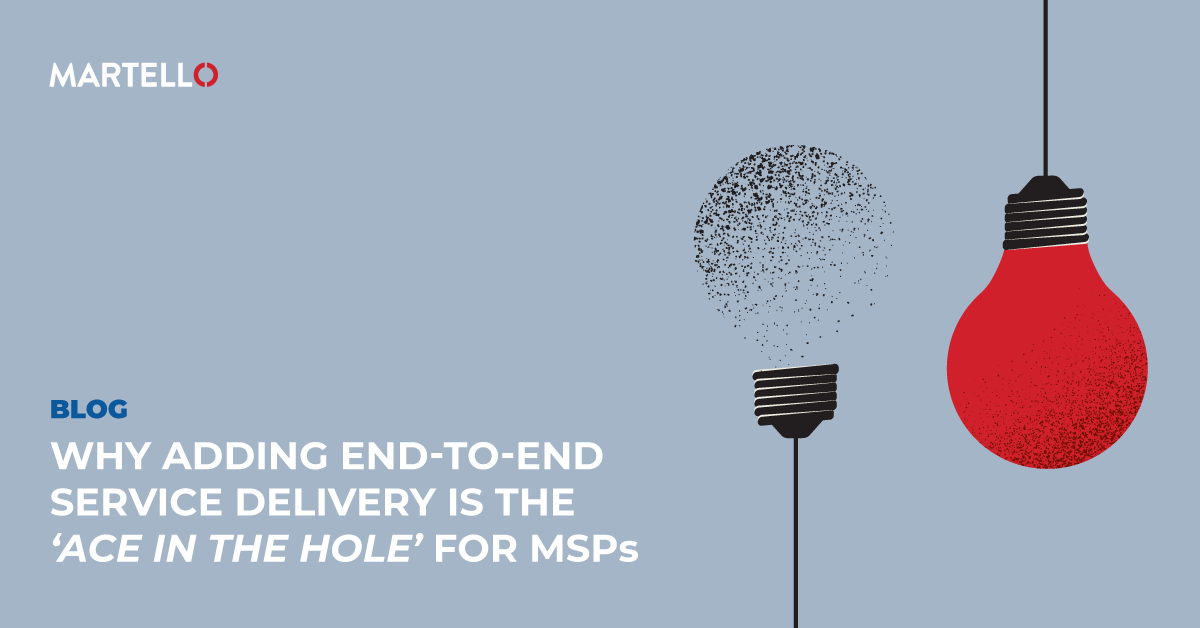Top Reasons Why MSPs Need End-to-End Service Delivery
Microsoft Office 365 Performance
Your path to creating an elevated version of your current Microsoft 365 services is one that you already know is needed to create predictability for you and for your customers- predictability yields profitability. The reality is that Microsoft is more focused today on the commodity customer than your specific business needs as an MSP. This is one of the reasons most MSPs tend to take the backup/DR/cybersecurity angle. But to truly get your Microsoft 365 services to be ‘elevated’, you need to create better visibility for yourself, resulting in end-to-end service delivery.
Most MSPs only have visibility into the user accounts that exist (you know which user’s accounts have been created, who’s been provisioned what license type, if the user has been assigned more than one license, who has installed copies of Office, and what machines are they installed on, etc. The problem is that there is no visibility into any of the networking, systems, applications, resources used, network and security controls, application services, or identity – all of which can be the source of issues. To deliver some of the third-tier value, you’ve got to have complete visibility into what’s going on – ideally, from end to end.
To ensure the quality of Microsoft’s service delivery it is crucial to take certain proactive steps.
The following helps to ensure your customers can fully reap the benefits of their Microsoft 365 services.
Proactive Support
In most cases, MSPs can at the very least determine which users are impacted and fix the issue if the problem is within your control. Should the problem be with Microsoft, you can at least communicate the issue to any affected users. Depending on the software solutions used, it should also be noted that this kind of detection, investigation, and response can be accomplished proactively before users are impacted.
Public Cloud Management
It should be mentioned that much of the technologies used to deliver these kinds of advanced services to Microsoft 365 customers can also be ported to a wide range of public cloud services as well. So, take the first three services listed above in tier three and think AWS, Azure, etc.
End-to-End Service Delivery
The true ace in the hole; this offering puts you squarely in the middle of being responsible for everything and anything between the user’s endpoint and the Microsoft service (e.g. Teams) and includes proactive monitoring of devices, networks, infrastructure, intra-organizational services, routing, authentication, and anything else that may impact your customer’s ability to reach Microsoft services. It also incorporates the monitoring of services from the user’s experience; for example, you’d monitor Teams call quality in addition to just making sure Teams is up and running.
Service Level Management
The monitoring aspect of End-to-End Service Delivery this offering provides you with insight into what is and isn’t working (think along the lines of red/yellow/green monitoring and alerting). The difference here is the focus on internal resources and some level of monitoring services within the Microsoft 365 cloud. This offering lacks granular insight into the user experience.
By offering Microsoft 365-related services in tiers, you create more opportunities to reach a greater number of customers based on their specific service needs, resulting in increased revenue from a service designed to not just help the customer, but also make you more profitable. Regardless of what service tier your customer requires (just covering the basics, focusing on more ongoing daily management tasks, or something even more advanced) providing end-to-end service delivery serves as the cherry on top and the differentiator separating you from the competition and keeping your customers the most satisfied.


